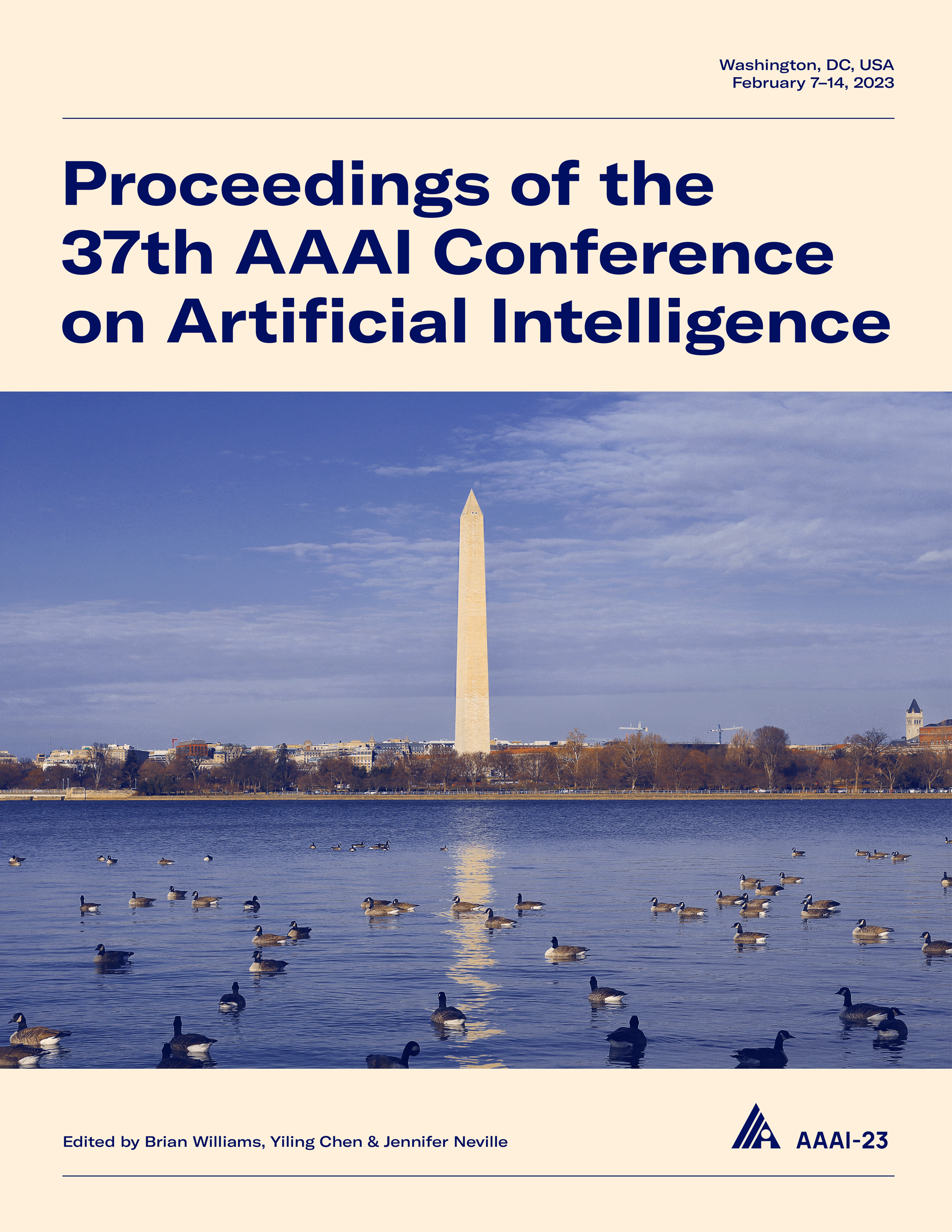One Is All: Bridging the Gap between Neural Radiance Fields Architectures with Progressive Volume Distillation
DOI:
https://doi.org/10.1609/aaai.v37i1.25135Keywords:
CV: 3D Computer Vision, CV: Computational Photography, Image & Video Synthesis, CV: Low Level & Physics-Based VisionAbstract
Neural Radiance Fields (NeRF) methods have proved effective as compact, high-quality and versatile representations for 3D scenes, and enable downstream tasks such as editing, retrieval, navigation, etc. Various neural architectures are vying for the core structure of NeRF, including the plain Multi-Layer Perceptron (MLP), sparse tensors, low-rank tensors, hashtables and their compositions. Each of these representations has its particular set of trade-offs. For example, the hashtable-based representations admit faster training and rendering but their lack of clear geometric meaning hampers downstream tasks like spatial-relation-aware editing. In this paper, we propose Progressive Volume Distillation (PVD), a systematic distillation method that allows any-to-any conversions between different architectures, including MLP, sparse or low-rank tensors, hashtables and their compositions. PVD consequently empowers downstream applications to optimally adapt the neural representations for the task at hand in a post hoc fashion. The conversions are fast, as distillation is progressively performed on different levels of volume representations, from shallower to deeper. We also employ special treatment of density to deal with its specific numerical instability problem. Empirical evidence is presented to validate our method on the NeRF-Synthetic, LLFF and TanksAndTemples datasets. For example, with PVD, an MLP-based NeRF model can be distilled from a hashtable-based Instant-NGP model at a 10~20X faster speed than being trained the original NeRF from scratch, while achieving a superior level of synthesis quality. Code is available at https://github.com/megvii-research/AAAI2023-PVD.Downloads
Published
2023-06-26
How to Cite
Fang, S., Xu, W., Wang, H., Yang, Y., Wang, Y., & Zhou, S. (2023). One Is All: Bridging the Gap between Neural Radiance Fields Architectures with Progressive Volume Distillation. Proceedings of the AAAI Conference on Artificial Intelligence, 37(1), 597-605. https://doi.org/10.1609/aaai.v37i1.25135
Issue
Section
AAAI Technical Track on Computer Vision I

